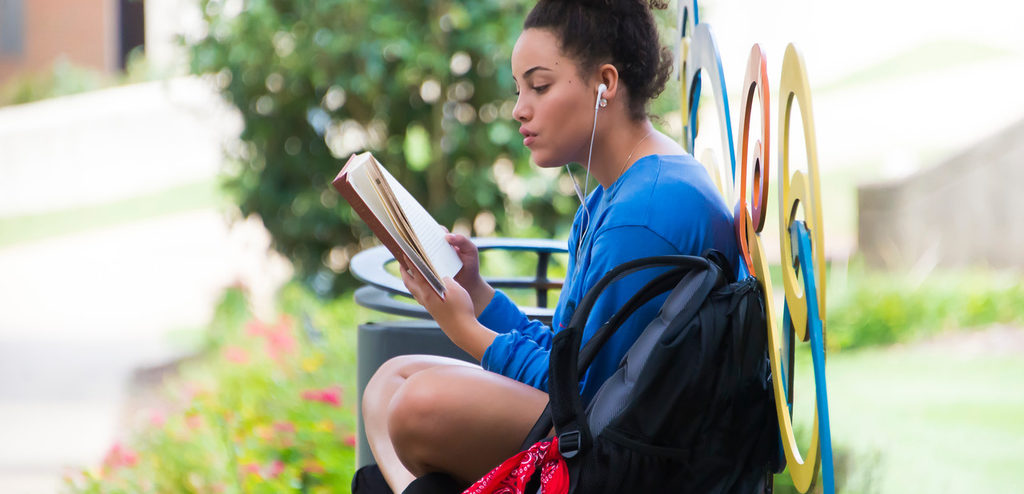
About five years ago, the AUM Connected: Common Reading Program began at Auburn University at Montgomery. It was initially housed under the Center for Excellence in Learning and Teaching where the founder of the Warhawk Academic Success Center pushed for the program to implement the common reading program. As of this year, the program is officially under the WASC. Dr. Virginia Lacy, the Director of the WASC, says that the common reading program “exposes students to a book that they might not otherwise read and it gives a common theme or element for everybody to come around.”
This semester’s common reading book is Dracula by Bram Stoker. Published in 1897, this book is a well-known literary classic. The program has planned several events this semester, which began in early August with the Zombie Bash and will continue into early December with a staged reading of Dracula by Theatre AUM. AUM Connected will reconvene in the spring with a full semester of common reading events.

According to a national survey of First-Year Seminars conducted between 2012 and 2013, 45.8% of four-year universities use a common reading program in their first-year seminars. From a 2014 Study on the Common Reading Experience, such a program “orients new students to critical thinking & college-level writing,” and “establishes a culture of readers.” Earlier studies have found that students who are involved with activities in and outside of class have an “impact on cognitive development, including critical thinking.”
AUM Connected is a common reading program designed not only for UNIV 1000 students but for upperclassmen as well. According to the AUM website, “this ‘group read’ will engage [students] in a common academic and social experience that connects [them] to the university, faculty, and peers through a campus tradition.” It will introduce students to academic discussions outside of the classroom and establish a platform for everyone involved to hold intelligible discussions on social and cultural conflicts in a “non-threatening setting.”

Dr. Lacy explained that “UNIV is the main adopter and in some way a rite of passage.” The book is also used outside of UNIV 1000 depending on the theme of that year’s book. For example, since Dracula is a literary classic, several faculty members in the English Department decided to assign this book for their classes. The committee tries to choose a selection to be voted on that would appeal to different subjects each year, so that it is not geared toward the same topic every year, and establishing versatility of the common reading book.
To organize the book selection process and planning of events, there is a committee made up of faculty from each college, staff, a student representative and other representatives. The selection process begins with asking for nominations that can be submitted by students and faculty. After the September deadline, the committee orders copies of each book, takes turns reading them and then towards the end of the fall semester, has a meeting to discuss the books. The committee then narrows down the selection to two or three books. Sometime during the spring semester, students and faculty are asked to vote on which book they would like to have as the next common reading book. Information for submitting nominations, voting and other announcements are put on the TV and myAUM boards, as well as via email.

The AUM Connected: Common Reading Program is in a transition process as it becomes part of the WASC. Dr. Lacy explained that the WASC is working on increasing student involvement in the program through the selection process and events that continue to take place throughout the year. Anyone who would like more information about the common reading program can contact the WASC on the second floor of the Ida Belle Young Library.
By Rachel Son
